Popular on Food52
Continue After Advertisement
23 Comments
Penny H.
December 8, 2017
Canola oil may last for a year from the time of pressing but you definitely should factor in time spent in transit and on grocery shelves. I've had it go rancid and "thick" sitting in my cabinet. I've also grown wary at purchasing items with canola as an ingredient because they can so easily go rancid while waiting to be purchased.
Mike N.
March 11, 2017
ok, I occasionally fry (thawed) seafood, onion rings or french fries in an electric skillet with temperature control at 350deg. I find vegetable oil to be waaay too greasy even after draining it on a grocery store paper bag soaking all the way thru leaving a puddle. Peanut oil is rather expensive and lard is not an option. I've tried canola oil w/same results, help?
Barbara W.
February 16, 2015
Lots of great info on different oils. Answers many questions. When my husband was having gallbladder problems, I discovered grapeseed oil while reading about things that he could eat. I now use this oil in salad dressings as well as cakes or muffins that call for oil, also frying. There is no taste in the baked goods or dressings which vegetable or canola seems to come through.
David
January 20, 2014
Palm oil is readily available in Asia and I use this for deep frying and stir-fry.
dialfredo
January 20, 2014
Hi.. ! I read your blog and it seems like very informative blog about how to choose the right oil for cooking, dressing & drizzling, etc.
Thanks for helpful info.
Fred R.
October 12, 2013
If olive oil is bad for deep frying, why does the world love fried artichokes in the Jewish Quarter in Rome?
helicopterina
October 6, 2013
is it ok to substitute safflower oil for sunflower oil? am thinking of a turkey/zucchini burger recipe in ottolenghi's 'jerusalem' but have often wondered if the two oils could be basically inter-changeable across recipes of all kinds...
Day
June 1, 2014
Did you ever find out if it made a difference. I was planning on cooking that recipe this week.
Chris S.
September 16, 2013
How can you leave out good old fashioned lard? For applications like frying chicken and pastry crusts, fluffy white lard is second to none.
Marian B.
September 11, 2013
I love coconut oil! I use it in high-heat cooking, too -- it has a pretty high smoke point. I often use it to sautée kale or roast sweet potatoes.
Panfusine
September 11, 2013
Mustard oil is generally not even mentioned in cooking applications in the US of A but it is a very traditional ingredient in Eastern Indian (West Bengal & Bangladesh)cuisine. It also happens to be used a lot in tradtional North Indian Achars, esp paired with cauliflower, turnips etc.
Achars from South India tend to use cold pressed Sesame oil.
Achars from South India tend to use cold pressed Sesame oil.
AntoniaJames
September 11, 2013
Thank you, panfusine! I've been wondering about that. Appreciate the pairing tips, too. Will be picking some on my next phulka roti run. (We can get outstanding uncooked roti at the Indian grocers, which are all in the next town over (Berkeley).) ;o)
Sarah J.
September 11, 2013
How do you use mustard oil, Panfusine? Can it be used for frying or is it only appropriate in low-heat situations? Thank you!
AntoniaJames
September 11, 2013
According to this handy, comprehensive table, the smoke point is almost 500 degrees. http://en.wikipedia.org/wiki/Smoke_point ;o) P.S. The links within the references at the bottom look interesting, too. Have no time to follow up right now, but this appears to be a reliable resource.
AntoniaJames
September 11, 2013
panfusine, just wondering, do you use it in tadkas? I often see customers in the checkout line at the Indian grocer purchasing large containers of it. ;o)
Panfusine
September 11, 2013
Traditionally for Pickles (achars), Mustard oil is heated and IMMEDIATELY poured over the vegetables so that it cools down rapidly. Personally haven't used it in Tadkas, but I'll refer you to my friends blog bongcookbook.com/ for the authoritative use of mustard oil
Panfusine
September 11, 2013
Ghee is a popular choice for deep frying especially for Indian dessert and sweet confections.
passpartout
September 11, 2013
Clarifying butter increases the smoke point significantly, and makes it much more useful for sauteing and pan-frying.
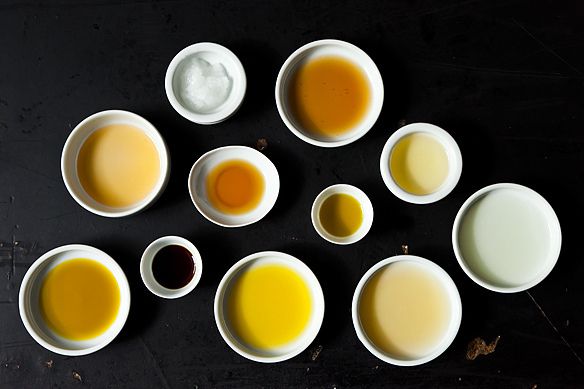
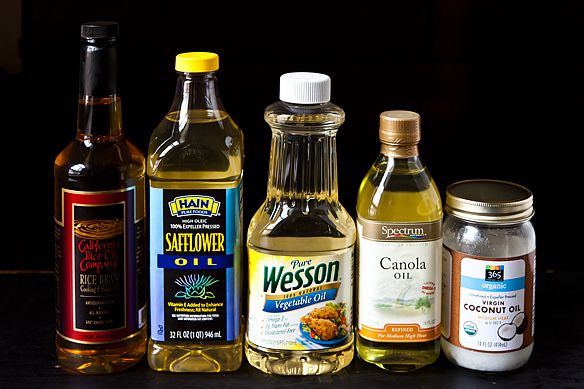
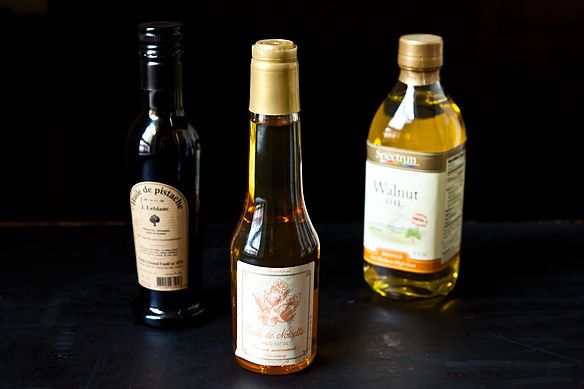
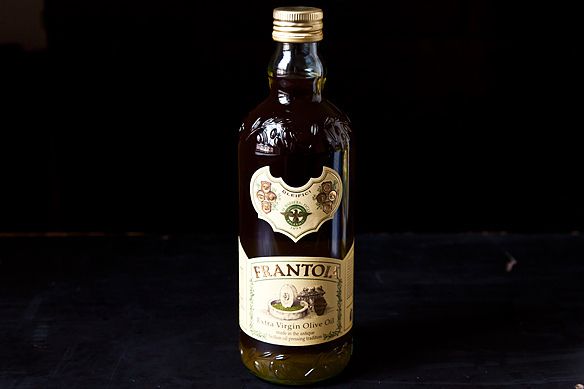
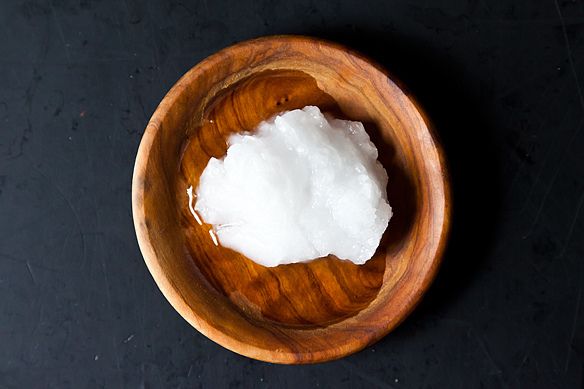
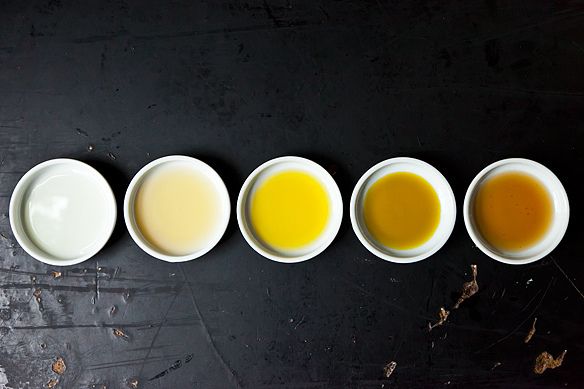
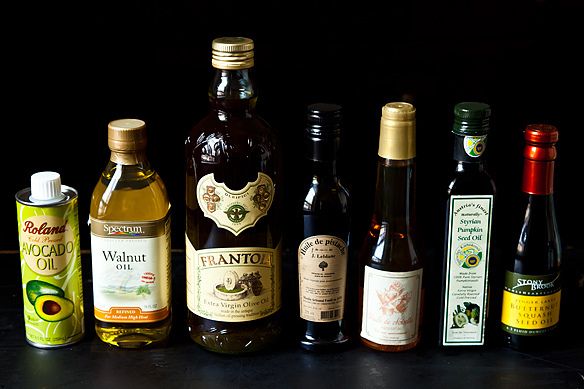

See what other Food52 readers are saying.